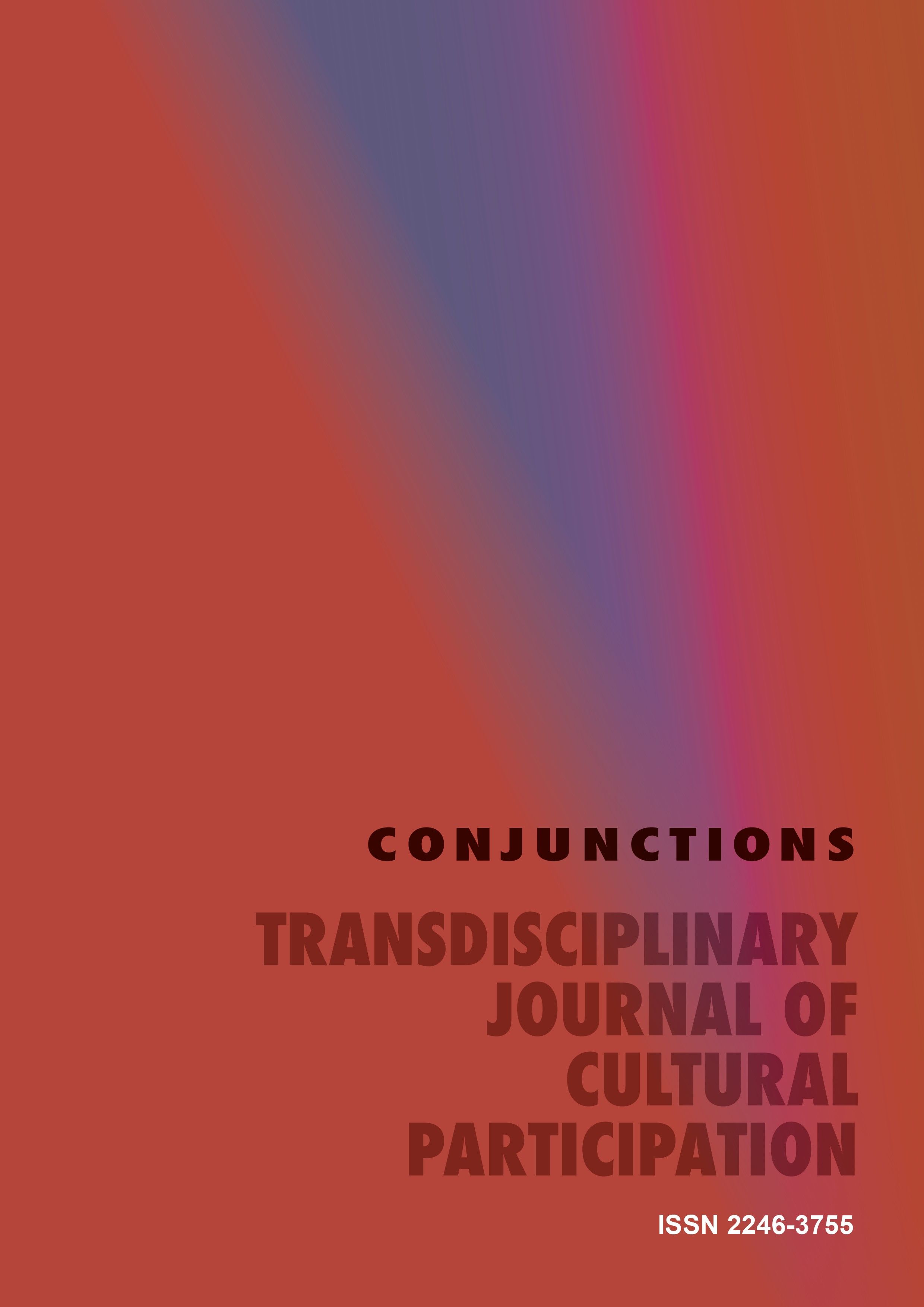Showing Progress. Defining Self-tracking as an Aesthetic Audio-visual Genre
DOI:
https://doi.org/10.2478/tjcp-2022-0004Keywords:
YouTube, Self-tracking, Biomedicalization, Self-representation, Audio-visual genreAbstract
This article analyses videos of men talking about and documenting their lack and growth of hair via Finasteride and Minoxidil. We explore these male self-representational videos on YouTube as a specific form of self-tracking enabled by the camera within a specific platformed environment. We argue that the camera is not solely a tool, but rather an aesthetic practice with performative effects. In other words, self-tracking must be understood as always already entangled in and inseparable from mediating and aesthetic processes. The article then outlines the main characteristics of self-tracking videos as a self-representational audio-visual genre, defining them as momental videos and longitudinal videos. It is our claim that these defining characteristics constitute the central aesthetic principles of Finasteride and Minoxidil self-tracking videos, but that they are also applicable to other forms of videos preoccupied with representing and tracking transformation.
Downloads
Published
How to Cite
Issue
Section
License

This work is licensed under a Creative Commons Attribution-NonCommercial-NoDerivatives 4.0 International License.
Copyright (c)): Author
This work is licensed under a Creative Commons Attribution-NonCommercial-NoDerivatives 4.0 International License.





